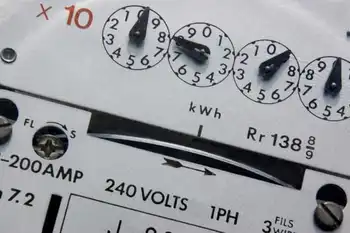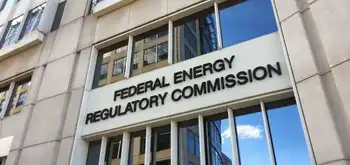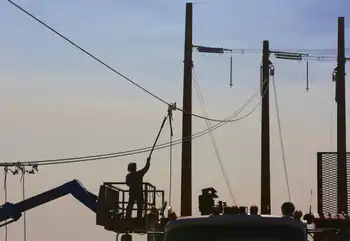Chretien points finger at Martin over Kyoto
By Toronto Star
Protective Relay Training - Basic
Our customized live online or in‑person group training can be delivered to your staff at your location.

- Live Online
- 12 hours Instructor-led
- Group Training Available
During a recent appearance at a Liberal conference on foreign policy in Toronto, Chrétien pointedly said "we lost four years" in living up to Kyoto – two of those years including the time Paul Martin succeeded him as prime minister and when Stéphane Dion, now Liberal leader, was environment minister.
Martin, who was also on hand at the event, said he regretted that his old leadership feud with Chrétien got in the way of a conference intended to celebrate Liberal achievements on the world stage and the 50th anniversary of Lester Pearson's Nobel Peace Prize.
"I just don't think anybody wants to see the reopening of old divisions," Martin said.
Martin also said he had no apologies to make for his environmental record.
Dion, for his part, is in Bali, Indonesia, to attend a UN climate-change conference, where Chrétien's remarks may not prove helpful in his international effort to demonstrate he's more serious about the environment than Prime Minister Stephen Harper's government.
Chrétien said that Canada was on track to try to meet its Kyoto targets at the end of his term in office in 2003, but that the plan foundered when Martin took over, four years ago.
The 1997 Kyoto Protocol committed participating countries to reduce emissions by 5 per cent below 1990 levels by 2012.
"I signed Kyoto. I knew it was to be tough to meet the goals of 2012.... When I left, we were very close to have a deal with the oil industry, if you follow the file. After that, it was not implemented," Chrétien told reporters.
Chrétien insisted he wasn't blaming Dion.
"He was the minister. It's the government," Chrétien said, appearing to indicate he did, however, blame Martin.
"It was a problem at that time and I don't know what happened. I was not there. I know that I was negotiating with the oil industry and the oil industry pulled back from the table."
This isn't the first time in recent months that Chrétien has let loose with criticism of how Martin handled the Liberal government he inherited when he took over from him. Chrétien's newly released memoirs are laced with subtle and not-so-subtle swipes at Martin, blaming him for everything from trying to unseat him to getting soldiers killed in Afghanistan.
Chrétien and Martin never crossed paths at the event. Chrétien spoke around lunchtime; Martin at the end of the day.
Martin looked puzzled when asked about the oil-industry deal Chrétien alleges was abandoned. But he rattled off a number of ways in which his government made progress on the environment, including the so-called "Project Green" initiative when Dion was minister and the 2005 budget, which was widely called the "greenest budget" Canada had ever seen.
He also said people who want to judge the Liberal record against the Conservatives on Kyoto need only compare how Canada fared at the 2005 UN climate-change conference in Montreal with the current sequel to that event in Bali, where Canada is coming under fire for abandoning world leadership on reducing greenhouse gases.











